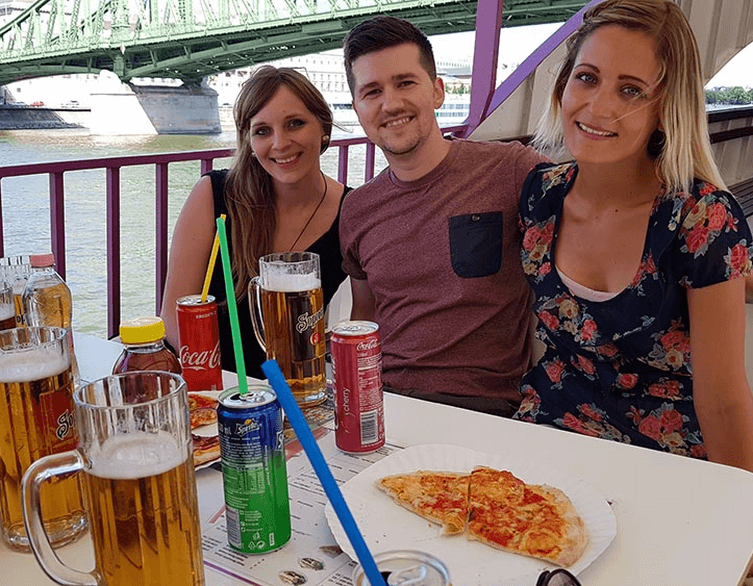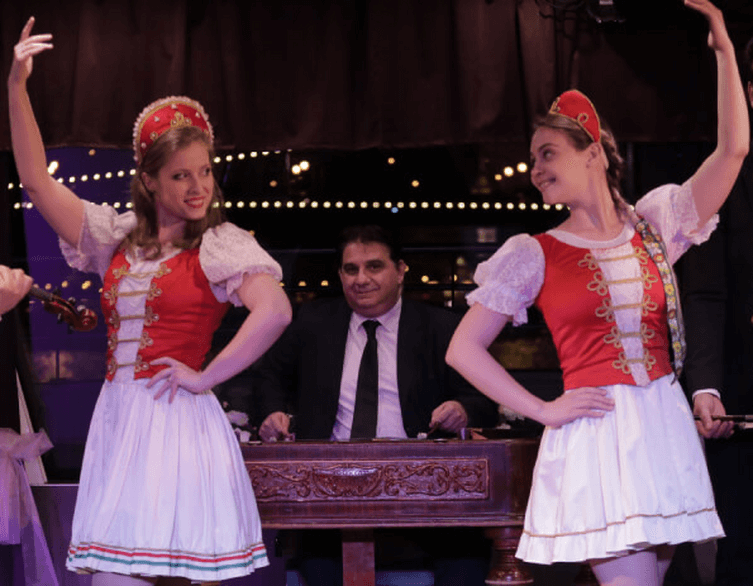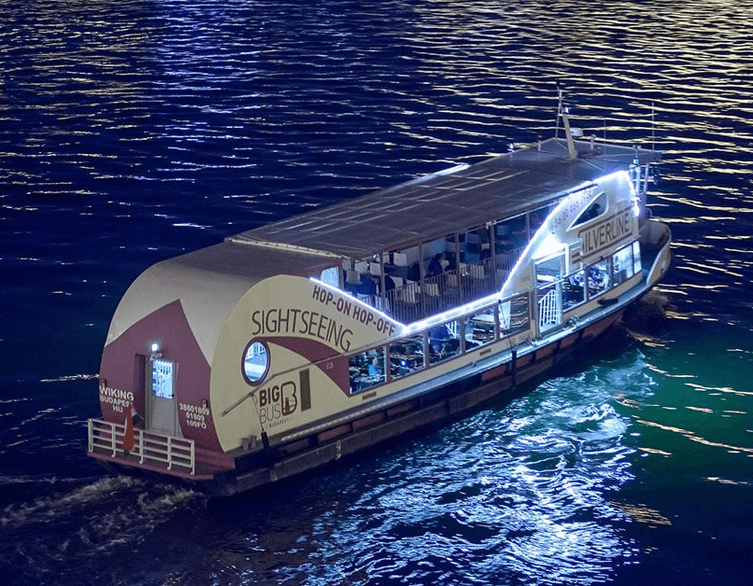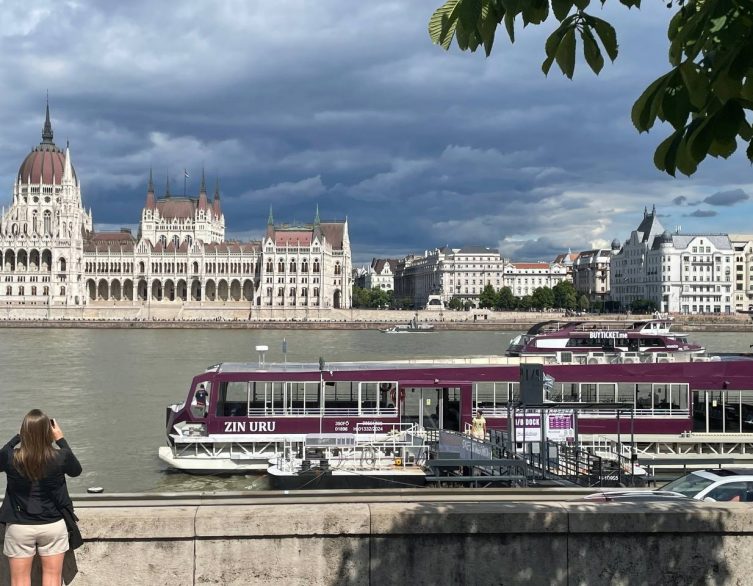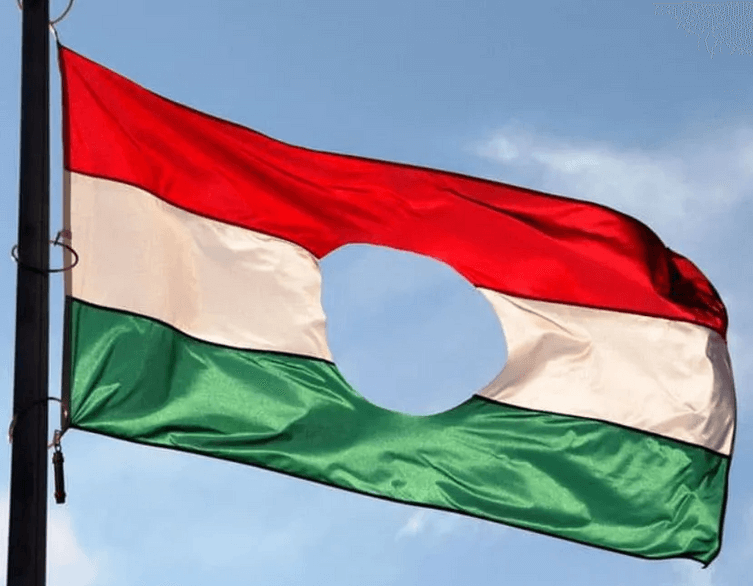Budapest’s Revolutionary Spirit: How the City Made History in October 1956
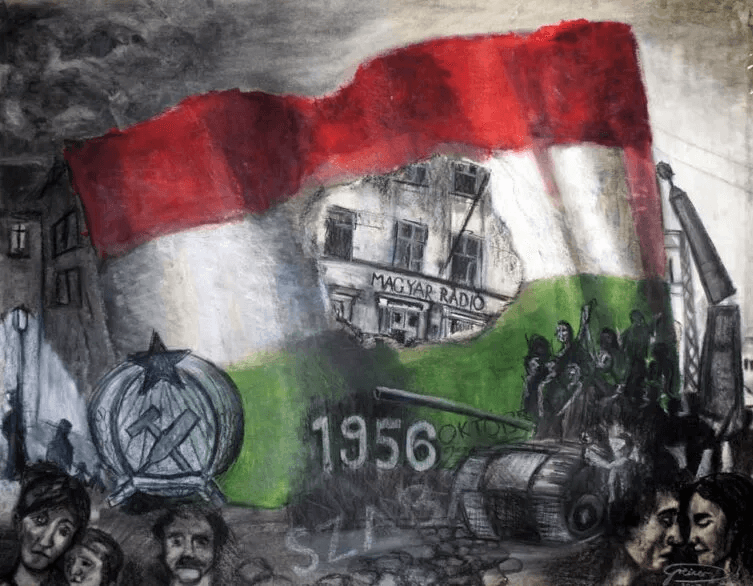
When you walk through Budapest’s streets today, past the grand buildings along the Danube and through bustling squares filled with cafés and tourists, you’re treading on ground that witnessed one of the 20th century’s most dramatic struggles for freedom. In October 1956, this beautiful Hungarian capital transformed from an elegant European city into the epicenter of a revolution that would capture the world’s attention and inspire generations to come.
From Peaceful Demonstration to Armed Uprising
The story of how Budapest became the heart of the 1956 revolution begins in the weeks leading up to October 23rd. Students at Budapest’s Technical University had been meeting throughout early October, debating reforms and drafting demands that would eventually crystallize into the famous 16 Points. Events in Poland, where workers and intellectuals had risen up against Soviet control, provided inspiration and hope that change might be possible in Hungary too.
The backdrop to these discussions was decades of accumulated frustration. Stalinist dictatorship had crushed individual freedoms, economic crisis had left people struggling, and political conformity stifled any dissent. Yet beneath the surface, a powerful hope persisted that Hungary might finally become a truly independent and democratic nation.
On the afternoon of October 23rd, thousands gathered at Bem Square—students, workers, intellectuals, all united by a common desire for change. The demonstration began peacefully, characterized by patriotic slogans emphasizing national unity and independence, poetry recitations, and an atmosphere of solidarity. As the crowd swelled, it began moving toward Kossuth Square, where the Parliament building stands, and thousands more joined the march.
The peaceful character of the demonstration took a tragic turn that evening at the Radio building. When protesters attempted to have their petition read on air, they were met with armed force from state security forces. The first shots rang out, and what had begun as a peaceful gathering transformed into armed resistance. Budapest’s revolution had begun.
Best deals of Budapest
The City Becomes a Battlefield
The following days unfolded with dramatic speed, and Budapest truly became the beating heart of the Hungarian Revolution. By October 24th, armed clashes erupted across multiple points throughout the capital between insurgents and Soviet troops alongside state security forces. Certain locations became emblematic battle zones—the Corvin Passage, Széna Square, Tűzoltó Street, and Móricz Zsigmond Square. These places have since become integral to Hungary’s national memory.
The revolutionaries often obtained weapons through improvisation and daring—raiding military depots, taking over police stations, and distributing ammunition among themselves. The iconic “Pest kids,” young revolutionaries who became symbols of the uprising, fought against overwhelming odds with machine guns, gasoline bottles, and Molotov cocktails. As the fighting intensified, political pressure mounted too. Imre Nagy became prime minister again on October 24th, and though he initially called for calm, he soon recognized that change had become irreversible.
Media played an integral role in the revolution’s unfolding story. The Free Kossuth Radio, operated by revolutionaries, provided regular updates on fighting in various districts, issued communiqués, and gave voice to ordinary citizens. Meanwhile, Soviet tanks appeared on the streets—first on October 24th, then again on October 30th when Moscow temporarily withdrew its forces, only to regroup them for a devastating return.
These Budapest events captured attention far beyond Hungary’s borders. The street fighting, the national flags with their centers cut out, the communities coming together in solidarity, and the courageous stand against oppression made Budapest a global symbol of resistance to tyranny.
The Shadow of Retribution
Dawn broke on November 4th, 1956, with a renewed Soviet military intervention—this time with far greater force and overwhelming power. Operation Whirlwind, as it was code-named, had a clear objective: militarily crush the Hungarian Revolution, prevent Hungary’s exit from the socialist bloc, and restore a Moscow-loyal government.
Budapest once again found itself in the crosshairs. Soviet tanks penetrated virtually every district of the city. The Corvin Passage, Baross Square, Moszkva Square, and Dózsa György Road became battlegrounds again. Particularly bloody fighting raged on the Pest side, where civilians, young people, and soldiers tried to halt the occupying forces in often completely hopeless situations. Soviet artillery reduced several public buildings to rubble while radios and posters proclaimed the restoration of “order and peace.”
Within days, the revolution collapsed. Imre Nagy and members of his government were arrested; many were later executed or sentenced to long prison terms. Various forms of resistance continued for weeks in places like Budafok, Csepel, and Újpest, but the machinery of retribution had already gained momentum.
For years afterward, what happened in 1956 became a forbidden subject. The revolution was officially labeled a “counter-revolution.” During the subsequent reprisals, thousands were imprisoned, approximately two hundred were executed, and hundreds of thousands emigrated—including many Budapest intellectuals, students, and workers.
Physical reconstruction proceeded slowly. Beyond repairing damaged bridges, buildings, and transport infrastructure, Budapest’s wounds remained visible for years. The deeper trauma, however, was social and psychological. Trust had been shattered, faith in freedom damaged, and hope for national self-determination wounded—yet the city’s residents continued to preserve the revolution’s truth in their kitchens, churches, and family stories.
How Budapest Remembers Today
Following the regime change in 1989, Budapest’s public spaces, buildings, sculptures, and institutions began openly commemorating 1956. These freedom memorial sites built into the city’s fabric serve not just aesthetic functions but play a crucial identity-forming role.
The Corvin Passage remains perhaps the most famous memorial site, where a museum and memorial wall preserve the names of heroes and a chronology of events. Nearby on Üllői Road, multiple plaques mark where battles occurred or where revolutionaries fell. At Széna Square, an interactive memorial park evokes the 1956 battles and their participants, while the square in front of Parliament—where mass shootings and demonstrations took place—has become a national memorial site.
Annual October 23rd commemorations throughout the capital carry significant political and social weight. Beyond official ceremonies, civil events, torchlight processions, historical walks, museum programs, and themed film screenings enrich the city’s cultural life. During these times, Budapest truly functions as a living memorial, simultaneously reflecting on the past and shaping the future.
Particularly important is connecting new generations with this historical period. High school programs, youth competitions, and student films all help ensure that the “Pest kids'” heroism remains not a distant legend but a living historical experience. Digital age tools—virtual memorial walks, augmented reality applications, and podcasts—tell Budapest’s revolutionary past in new languages.
Why 1956 Still Matters
Twenty-first century Budapest positions itself as a dynamic, international city—a tourism hub, political stage, and cultural metropolis. Yet one of the strongest pillars of the city’s collective identity remains the 1956 revolution. Former battlefields that today are tram stops, pedestrian streets, or university buildings constantly remind us that freedom is never guaranteed, and every generation must understand and preserve it.
Budapest in 1956 was the first to say no to Soviet dictates, the city where people took up arms in the streets to fight for freedom, knowing the sacrifice could be enormous. This historical experience is deeply embedded in Budapest’s collective consciousness. Those who live here don’t just remember—they continually reinterpret the past’s lessons.
When you visit Budapest today and see its monuments, attend its commemorations, or simply walk its historic streets, you’re experiencing more than beautiful architecture and vibrant culture. You’re walking through a city that once stood as a beacon of resistance, where ordinary people fought extraordinary battles for freedom. The revolutionary spirit of 1956 isn’t locked away in museums—it lives in the heart of Budapest, reminding visitors and residents alike that the fight for freedom and human dignity never truly ends.
Related news






